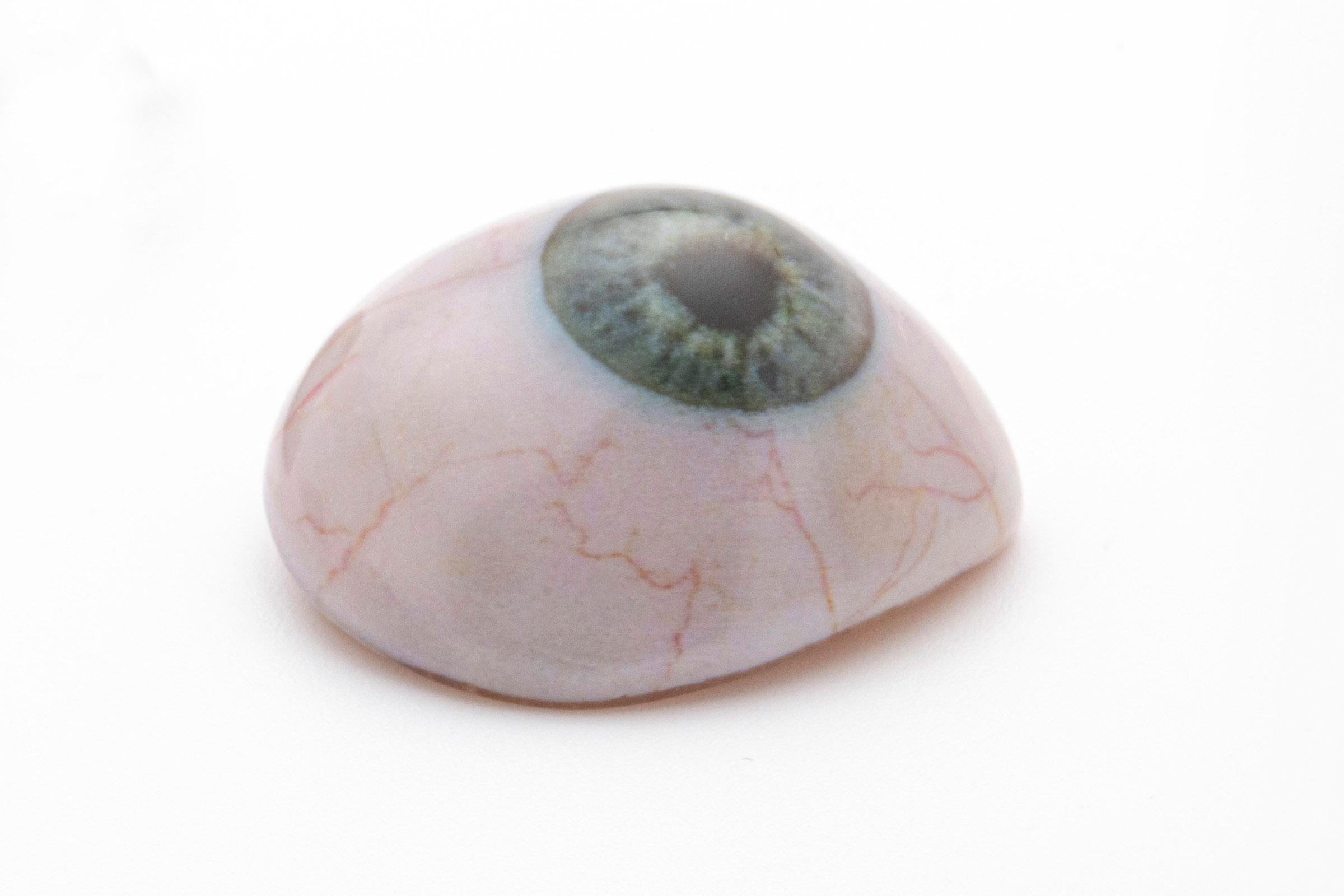3D printing for research
Additive manufacturing is the revolution in manufacturing that is changing the world and sparking innovation. With the new possibilities of 3D printing, old problems can be overcome and previously unthinkable solutions are suddenly within reach.
Besides industrial manufacturing, 3D printing is also of interest in research and science. Additive manufacturing can eventually bring its strengths and added value to bear in any industry. That's why 3D printing is being conducted with vigor and in many directions in research. FIT has always been involved in many research projects. It is not without a reason that our motto is "Faszination Fortschritt"!
Here you can get a glimpse of our most exciting projects:
- Medical technology/prosthetics: Individual eye prostheses
- Environment: Seed units for corals
- Medical technology/implantology: Aortic and coronary stents

Medical technology/prosthetics: Individual eye prostheses

It is hard to imagine how it must feel to lose an eye. Around 8 million people worldwide are affected by this condition, requiring an ocular prosthesis.
Artificial eye prostheses conventionally are half-shells made of glass or plastic (PMMA). Glass eyes are manufactured of blown cryolite glass, then colored and painted. For plastic eyes, material is injected into the empty eye socket, the resulting model is then machined. Since the eye is constantly changing, the prosthesis must be replaced regularly, especially with children.
In any case, as these custom-made products are painstakingly handcrafted by ocularists, production is very time-consuming and cost-intensive. But despite all craftsmanship, a life-like resemblance to the original eye still is very hard to achieve.
That’s why Ocupeye Ltd, Fraunhofer IGD, and FIT have joined forces in the C2PAE research project to develop a realistic and precisely fitting ocular prosthesis that can be manufactured fast and at affordable costs.
Send request >
Contact us >
Environment: Seed units for corals

Coral reefs are threatened with extinction. This is due to overfishing, the warming of the oceans, and pollution. The ecological consequences can hardly be estimated, as coral reefs make a crucial contribution to marine biodiversity. For this reason, research institutes worldwide are busy breeding and establishing more resistant coral species. So is SECORE International Inc., one of the leading organizations for coral reef protection and restoration.
Based on years of research, SECORE developed a new generation of colonization structures in collaboration with designers and software developer Autodesk. On these structures with a diameter of about 10 cm, coral larvae are settled in a protected way until they have grown. Then the so-called "seed units" are inserted into the reef structure where their angular shape wedges them in place, providing a stable foundation for the coral larvae to build new coral reefs.
To determine which material is best suited for coral settlement, FIT was commissioned as part of a development project to 3D-print these structures from ceramic.
Would you like to learn more about this project? We look forward to hearing from you!
Send request >
Contact us >
Medical technology/implantology: Aortic and coronary stents

The production of a stent starts with a tube made of metal (NiTi, 316 L (316LVM), L605, MP35N or Phynox), increasingly also of bioresorbable plastic or magnesium. The conventional stent is milled, electropolished, heat treated if necessary and finally passivated. However, due to this manufacturing method, the stent geometry is significantly limited by the cylindrical shape of the tube and the possibilities of milling. Thus, conventionally manufactured stents have constant diameters and strut thicknesses over the entire length. In many cases, this leads to uneven expansion behavior during implantation, resulting in injury to the blood vessels.
Today, stents are used in many regions of the human body. They therefore have very different sizes, from tiny coronary stents with wall thicknesses in the µ range to aortic stents with diameters of up to 4 cm. In order to improve the well-being of patients through optimized stents, we are active in various research projects together with the East Bavarian Technical University Regensburg and the University Hospital Regensburg.
In addition to aortic stents, we are also working on the question of how to build coronary stents so fine and stable that they can be plastically deformed several times, e.g. by crimping, but remain dimensionally stable in the vessel after expansion. This requires a modified stent geometry. These innovative stents are manufactured using Micro-SLM. This is a 3D printing process based on laser melting (LM or PBF-LB/M), but operating with modified optics. This equipment will be used to fabricate newly developed designs from 316L surgical stainless steel as a basis for further experimental and biological testing. This project will seek medical approval for the new generation of stents.
Are you looking for an experienced research partner for your project? Then we look forward to hearing from you.
Send request >
Contact us >
More interesting industries:
Medical technology
Are you looking for a partner for the manufacture of individual medical devices?
Learn more >Aerospace
Creating technical progress with the aim of saving costs and weight. This is how high-tech sustainability works.
Learn more >Automotive
Radically uniting passion and mobility: 3D printing for the vehicle of the future.
Learn more >





